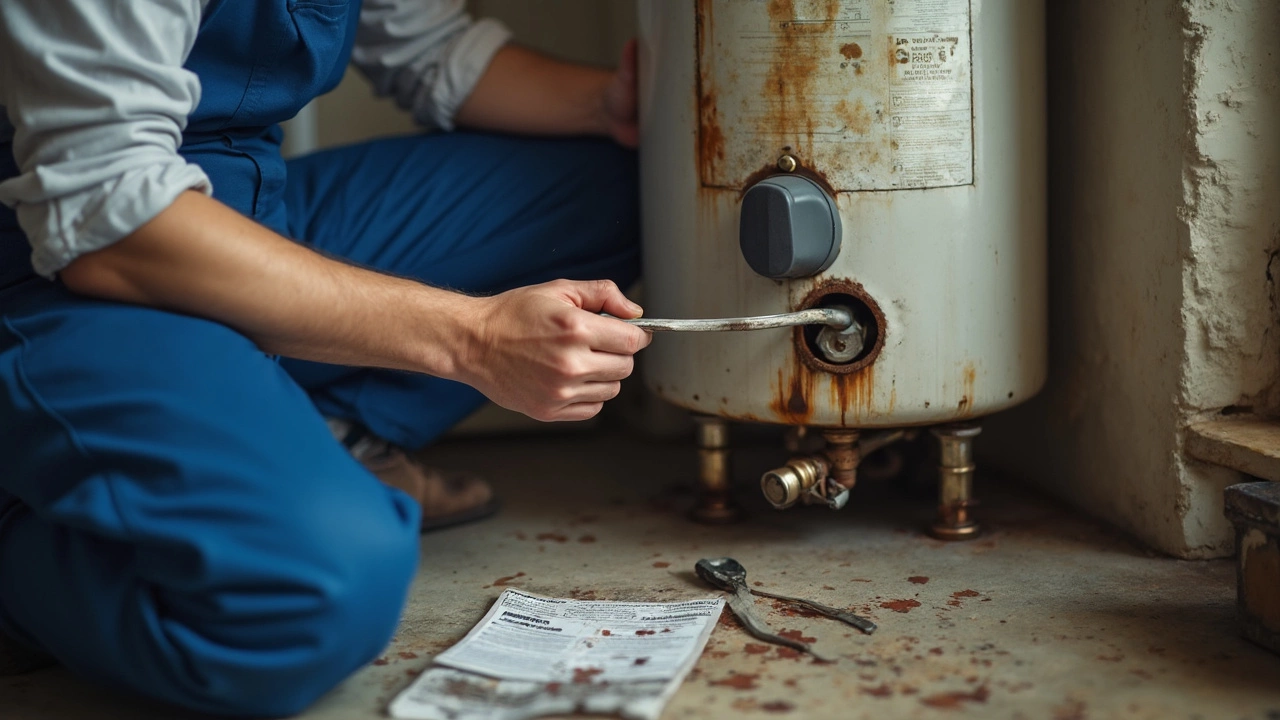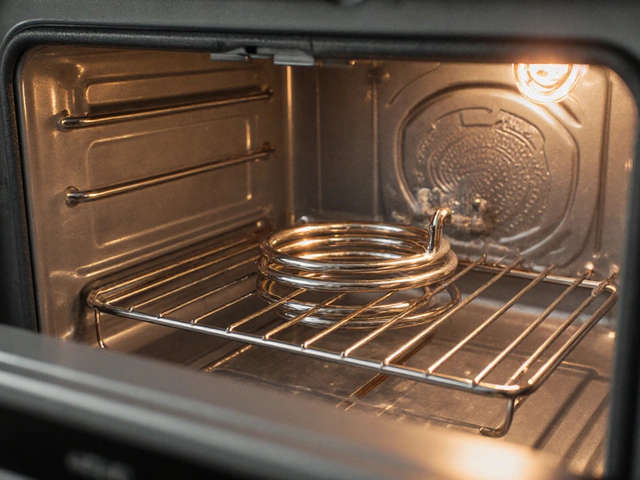Why Is My Hot Water Hot in the Kitchen but Not in the Bathroom?
February 19 202510 Year Old Water Heater – What to Expect and How to Act
If your water heater has been running for a decade, you’re probably wondering whether it’s still worth keeping. Ten years is right around the average life span for most residential units, so it’s normal to see a drop in performance. In this guide we’ll walk through the common warning signs, quick maintenance tricks, and a simple decision‑making cheat sheet to help you choose between a cheap fix and a full replacement.
Typical Signs Your Heater Is Aging
When a water heater gets older, a few tell‑tale symptoms start to show up. First, notice the water temperature. If the hot water feels lukewarm or takes much longer to reach the set temperature, the heating element or burner may be fouled with sediment. Second, listen for rumbling or popping noises – that’s often mineral buildup expanding as the tank heats up. Third, keep an eye on the pressure‑relief valve; any leak or drip means the tank’s internal pressure is off‑balance and could signal a weakening shell.
Don’t forget the energy bill. A jump of 15‑20% in heating costs usually means the heater is working harder than it should. Finally, look for visible rust or water stains around the base of the unit. Those are clear clues that the tank is corroding from the inside out.
Repair vs Replace: Quick Decision Guide
When you spot one of the above issues, ask yourself three simple questions:
- How much will the fix cost? A single heating‑element swap or a minor leak repair often runs under £150. If the quote climbs close to half the price of a new tank, replacement becomes the smarter play.
- Is the tank leaking? Any water pooling at the bottom is a red flag. Even a small leak means the whole container may be compromised, and most insurers won’t cover extensive water damage caused by a known leak.
- How old is the unit? At 10 years, you’re already at the average life expectancy. If you’ve already spent a few rounds of repairs, the odds are you’ll need more soon.
If the answer to two or more of these is “yes,” start budgeting for a new water heater. New models are far more efficient – modern gas units can be up to 30% cheaper to run, and electric tank‑less options cut space and heat loss completely.
On the other hand, if the problem is isolated (a single element, a tripped thermostat, or a faulty pressure‑relief valve) and the total cost is under £200, a repair can safely extend the tank’s life another year or two. Just make sure you hire a Gas Safe‑registered engineer – they’ll check for carbon‑monoxide leaks and certify the work.
Regular maintenance also helps you get the most out of a ten‑year‑old heater. Flushing the tank once a year removes sediment, keeping the heating element clean and the tank from rusting inside. Check the anode rod (the sacrificial metal piece that protects the tank) every two to three years and replace it if it’s heavily corroded.
Bottom line: a ten‑year‑old water heater isn’t automatically doomed, but it’s at a crossroads. Use the signs above to gauge its health, weigh repair costs against a new‑unit price, and don’t skip the annual safety check. When in doubt, a quick call to a qualified gas engineer will give you a clear answer and keep your home running smoothly.
 9 May
9 May
Should You Flush a 10 Year Old Water Heater? Essential Facts You Need Before Touching That Valve
Wondering if it's a good idea to flush your old water heater? This article breaks down what actually happens inside a ten-year-old tank, the risks and rewards of flushing it, and how you can keep your hot water running safely. We'll cover the warning signs you can’t ignore, what to do if your heater’s on its last legs, and the simple steps that save you money on costly breakdowns. Get straight talk and real tips—especially if your heater’s still kicking after a decade.
Read More...



